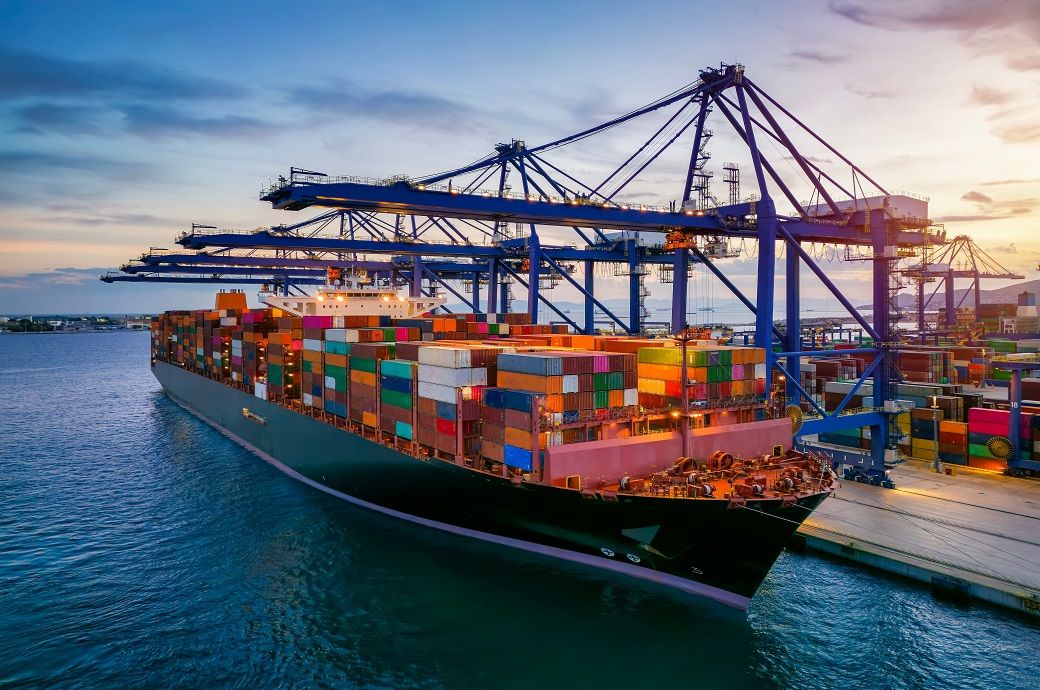Imports are expected to be down by at least 20 per cent YoY from June into this fall, and volume for the year could be down by more than 10 per cent.
Import cargo at major US container ports is expected to see its first YoY drop in over a year and a half in May as the effect of tariffs imposed by the administration on the supply chain rises, a report by the National Retail Federation and Hackett Associates said.
Imports are expected to be down by at least 20 per cent YoY from June into this fall.
Many retailers are pausing or cancelling orders.
“From national security tariffs on Canada, Mexico and China to global and reciprocal tariffs on all countries and a multitude of tariffs on specific sectors, the results will include higher costs for businesses as well as reduced cargo volumes. In the end, these tariffs will affect consumers in the form of higher prices and less availability on store shelves,” NRF vice president for supply chain and customs policy Jonathan Gold said in an NRF release.
Gold said the series of tariffs imposed since February—including a minimum of 10-per cent on all US trading partners and ‘reciprocal’ tariffs on dozens of nations announced in April plus a 145-per cent tariff on China—“come at the most important time in the buying process” for retailers.
Many retailers are pausing or cancelling orders as a result, and small retailers, in particular, “are concerned about what to expect in the coming months and how to order for the future,” he noted.
“Container carriers are indeed dropping voyages and consolidating cargo and service to ensure that their vessels are as full as possible and to maintain economies of scale as demand declines,” Hackett Associates founder Ben Hackett said.
But reports of empty container terminals, ships making U-turns in mid-voyage and that the supply chain is ‘broken’ are “very far from the truth and the reality on the ground,” Hackett added.
US ports covered by the Global Port Tracker handled 2.15 million twenty-foot equivalent units (TEU)—one 20-foot container or its equivalent—in March this year, the latest month for which final data is available. That was up by 5.5 per cent month on month and by 11.3 per cent YoY.
Ports have not yet reported April’s numbers, but the Tracker projected the month at 2.2 million TEU—up by 9.1 per cent YoY. May is forecast at 1.81 million TEU—down by 12.9 per cent YoY.
Fibre2Fashion News Desk (DS)


